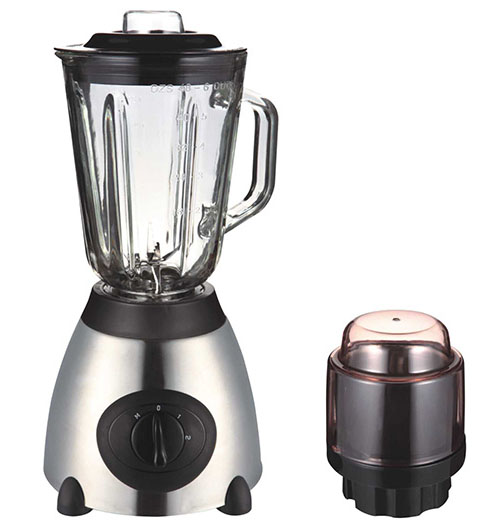Talking about the principle of CD burner
CD storage has always been a popular storage method because of its convenient use, low price and long data storage time. With the continuous emergence and development of new optical storage technologies, new technologies have been widely recognized and used by mass users, and optical disc recording technology has also made breakthroughs. Using optical discs to store and back up data has won everyone's favor with its convenient and flexible features and wide range of uses. As the main writing tool for data backup and storage, the CD burner not only has the function of reading data from ordinary optical drive, but also can easily and flexibly back up and write various optical discs. The standardization and standardization of optical disc storage gradually become the current data. One of the standard configurations of storage.
First, optical storage technology and recording principle
(1) Classification and construction of optical discs
Discs are usually divided into CD, DVD and BD types. Each disc has multiple storage formats, and different formats store different data. Although the format of the disc is different, the structure is roughly the same. Frequently used discs usually consist of a protective layer, a metal reflective layer and an information recording layer. The protection layer is at the top layer, and usually has a disk identifier. These identifiers are often marked with the name of the disk and the operating system suitable for use. The metal reflective layer is the second layer of the disk and serves to increase the reflectivity of the disk. For recordable optical discs, organic or inorganic dyes constitute an information recording layer, and under the action of a laser, irregular grooves are formed, representing different data recording information. The discs also exhibit different colors due to the different materials and colors of the recording dye. For example, CD-R discs can be divided into green discs, blue discs and gold discs according to different disc recording dyes.
(2) Data storage of optical discs
At present, the data storage of optical discs is realized according to the photothermal effect, and the appearance of optical quantum effect and three-dimensional multi-body holographic storage technology provides a broad prospect for data storage of optical discs. Discs store data through pits and non-pits. During storage, people burn a lot of pits and non-pits on the disc through the recorder. Since the pits and non-pits have different light reflecting capabilities, the 0, 1 encoding can be achieved. The pit has a weak ability to reflect light and can be expressed as 1 in binary; non-pits have a strong ability to reflect light and can be represented as 0 in binary. In this way, the purpose of data storage can be achieved.
(3) Burning principle of the recorder
Like a normal optical drive, a CD burner consists of an optical head and a precision servo system. When the data is read, it passes through the optical head to convert the optical signal into an electrical signal according to the intensity of the light reflected from the pits and non-pits on the surface of the disc. When burning, the driver will output a low-energy laser light from the light hair according to the EFM modulation code, and the spiral-shaped pits and non-pits are melted on the optical disc. Therefore, the burned disc is also called a burn-disc.
Second, the classification and selection of recorders
(1) Classification of recorders
According to the nature of the recorded discs, the recorder can be divided into a one-time write recorder, a rewritable recorder and a DVD, BD recorder; depending on the interface, the recorder can be divided into IDE interface recorder, SCSI Interface recorders and parallel interface recorders.
(2) Selection of recorder
When purchasing a recorder, it is usually selected according to its performance indicators. The performance indicators of the recorder are mainly:
(l) Supported data formats
(2) Supported recording methods
(3) burning speed
In addition, we must also consider the data format, recording method, buffer size, average time between failures and other performance indicators supported by the recorder, based on their own needs and economic affordability.
The "Compact Lab for Optical Disc Protection Technology" drafted and formulated the Archives Industry Standard "Technical Requirements and Application Specifications for Archived Discs for Electronic Documents" (DA/T38-2008). When electronic files are archived on CD-ROMs, dedicated recorders should be used. The recorder selected should be able to identify the write power and write strategy of the file-level disc. Tongfang CD has introduced several special recorders and recording systems for different needs of users. The equipment has excellent detection performance, can match the writing mode and writing strategy of file-level discs, and the data burning and storage is more stable and reliable. The storage life of the optical disc can be more than several decades.
Glass Jar Food Blenders
Glass Jar Food Blenders are stronger, which can crush ice. Glass jar food blenders' motors are more powerful, usaully use 7025 or 7030 motor. Their power can reach to 350/450W. Glass jar food blenders always with 6 pcs ice crushing blades and Coffee Grinder.
Discription of Glass Jar Food Blenders
Size: 1.25L, 1.5L
Controls Type: Rotary switch, push button
Packing: 4pcs/ctn(standard box)

Glass Jar Food Blenders,Glass Jar Blenders,Blender With Glass Jar,Glass Blender
Flying Electronic Co., Ltd , https://www.electronicjmflying.com